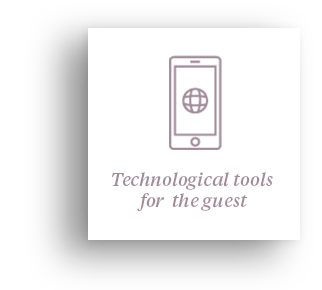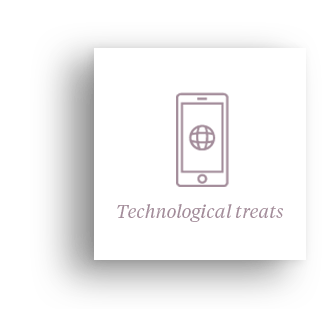
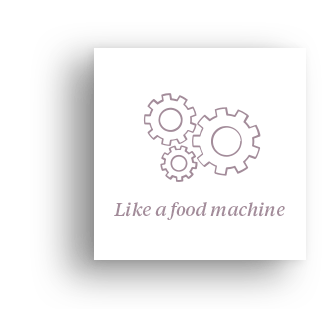


From a virtual waiting list to an app that fights food waste, and from a hamburger machine to home delivered Michelin star meals, the Internet of Food uses the newest technology to make the world of food and drinks faster, smarter, and more sustainable.
Jelle Steenbergen & Maaike de Reuver Jody Geurts



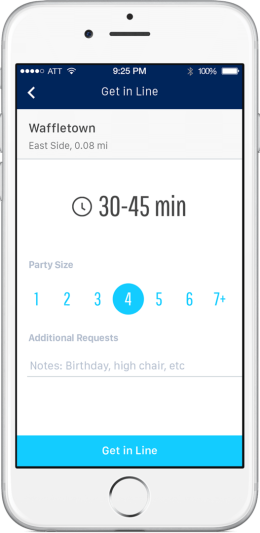
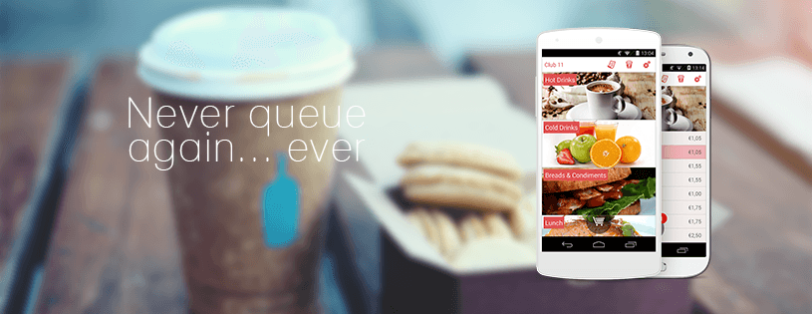
No need to wait
American app Nowait offers users the option of queuing up for a restaurant from the comfort of their home. While they virtually wait in line they are free to do as they please. When their table is ready the app will notify them and they can immediately take their seat.
Startups around the world are turning to technology to reduce the wait times in (company) restaurants and cafeterias. These are the ultimate online shortcuts for our offline food experience.
To go at work
German startup YES.TAP eliminates the lines at restaurants and cafeterias. Users use the app to look at the menu and to place their order. Payment happens through a linked credit card. Once the order is ready for pickup users are notified. No waiting required.


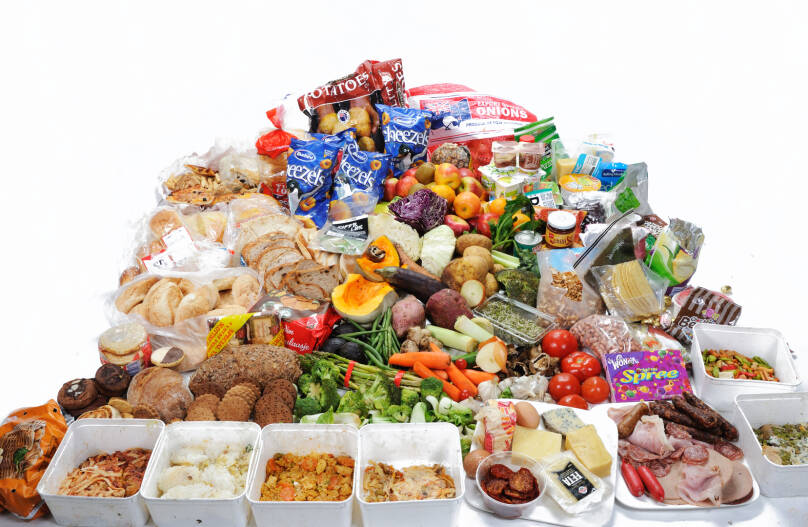
Connecting farmers
Meicai (meaning ‘buy vegetables’) launched in China in 2014, and allows restaurants to buy produce directly from farmers. The app collects orders from different sources, and then buys from the farmers in bulk. This way, the farmers get a better price, transport costs are kept to a minimum, and the restaurants themselves end up paying less in the end. Meicai is currently operating in over a thousand Chinese cities.
Critics often say online technology gets in the way of personal connection. These are some of the innovations showing that digital technology can certainly be used to bring people closer together, and help in realizing a more sustainable world.
Watch your waste
Dutch startup Wastewatchers is using technology to fight food waste. They are raising awareness by requiring that every product a restaurant kitchen throws out, is first weighed and registered. Wastewatchers then analyzes this data and provides the restaurants with helpful advice, tailored to their specific problems.

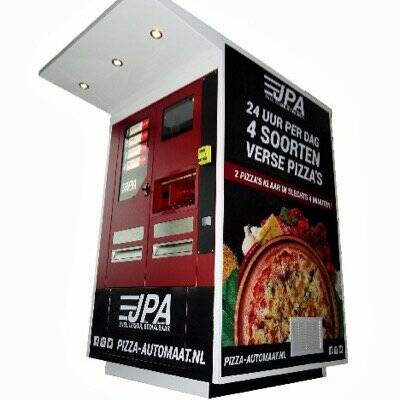
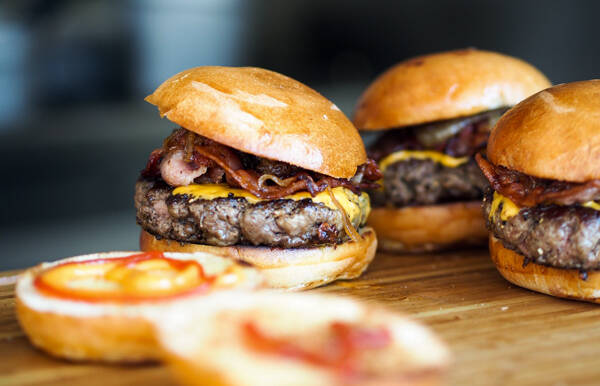
24/7 pizza
2016 saw a 24/7 pizza machine being launched in the Netherlands. Developed by a student who felt like the school cafeteria could do with fresh, affordable pizzas, the machine is capable of making four different kinds of pizza 24 hours a day, 7 days a week. It only takes 4 minutes for the machine to serve a pizza, complete with napkin and complimentary mint, all for about 7 dollars.
Technological innovations are often used to make our lives easier, and chefs are no exception. While most kitchens are still a predominantly human affair, the influence of machines and automation is growing, and the future might look very different.
Hamburger machine
American Momentum Machines developed a robot that makes the mother of all fast food: hamburgers. With minimal human interaction the machine makes high quality burgers from start to finish, including customizable toppings and sauces. Completely computer controlled, it can output nearly 400 burgers an hour.



Michelin star meals at home
Third party delivery apps like Deliveroo, Foodora, Amazon (Prime) and Uber Eats are old news. Celebrity chef David Chang’s tool Ando goes a little further. While the delivery system is mostly familiar, the quality of the food is exceptional indeed. Everything Andofood offers is specifically designed for delivery by some of the country’s finest chefs.
Food can often feel like a real treat for all our senses. These are some of the technological tricks that can boost that experience before, after, and even during your dinner.
Tell and pay it forward
American based RiferMe allows restaurant guests to engage in some online word of mouth advertising. The app allows users to share their experience with their friends. This reference is linked to a voucher, which allows the friends in question to enjoy a discount at the recommended restaurant. Those actively engaged in recommending restaurants are given a small reward through PayPal.


Michelin star meals at home
Third party delivery apps like Deliveroo, Foodora, Amazon (Prime) and Uber Eats are old news. Celebrity chef David Chang’s tool Ando goes a little further. While the delivery system is mostly familiar, the quality of the food is exceptional indeed. Everything Andofood offers is specifically designed for delivery by some of the country’s finest chefs.

Food can often feel like a real treat for all our senses. These are some of the technological tricks that can boost that experience before, after, and even during your dinner.
Tell and pay it forward
American based RiferMe allows restaurant guests to engage in some online word of mouth advertising. The app allows users to share their experience with their friends. This reference is linked to a voucher, which allows the friends in question to enjoy a discount at the recommended restaurant. Those actively engaged in recommending restaurants are given a small reward through PayPal.

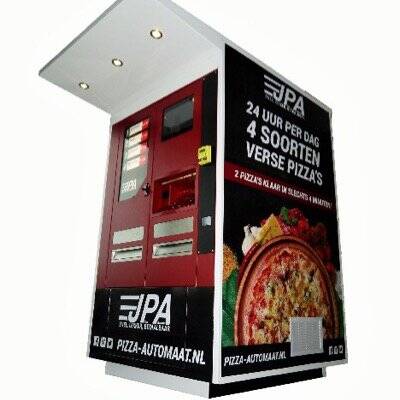
24/7 pizza
2016 saw a 24/7 pizza machine being launched in the Netherlands. Developed by a student who felt like the school cafeteria could do with fresh, affordable pizzas, the machine is capable of making four different kinds of pizza 24 hours a day, 7 days a week. It only takes 4 minutes for the machine to serve a pizza, complete with napkin and complimentary mint, all for about 7 dollars.
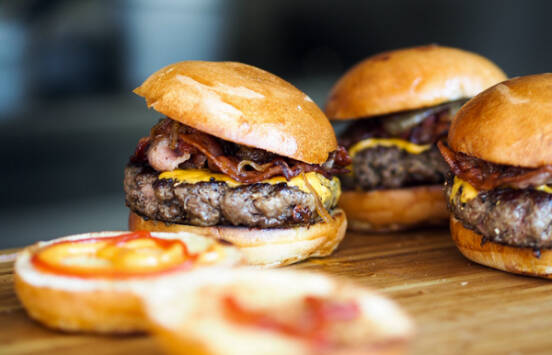
Technological innovations are often used to make our lives easier, and chefs are no exception. While most kitchens are still a predominantly human affair, the influence of machines and automation is growing, and the future might look very different.
Hamburger machine
American Momentum Machines developed a robot that makes the mother of all fast food: hamburgers. With minimal human interaction the machine makes high quality burgers from start to finish, including customizable toppings and sauces. Completely computer controlled, it can output nearly 400 burgers an hour.
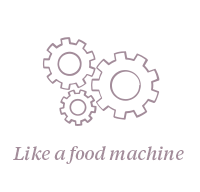

Connecting farmers
Meicai (meaning ‘buy vegetables’) launched in China in 2014, and allows restaurants to buy produce directly from farmers. The app collects orders from different sources, and then buys from the farmers in bulk. This way, the farmers get a better price, transport costs are kept to a minimum, and the restaurants themselves end up paying less in the end. Meicai is currently operating in over a thousand Chinese cities.

Critics often say online technology gets in the way of personal connection. These are some of the innovations showing that digital technology can certainly be used to bring people closer together, and help in realizing a more sustainable world.
Watch your waste
Dutch startup Wastewatchers is using technology to fight food waste. They are raising awareness by requiring that every product a restaurant kitchen throws out, is first weighed and registered. Wastewatchers then analyzes this data and provides the restaurants with helpful advice, tailored to their specific problems.


No need to wait
American app Nowait offers users the option of queuing up for a restaurant from the comfort of their home. While they virtually wait in line they are free to do as they please. When their table is ready the app will notify them and they can immediately take their seat.
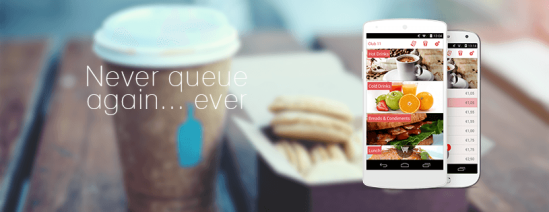
Startups around the world are turning to technology to reduce the wait times in (company) restaurants and cafeterias. These are the ultimate online shortcuts for our offline food experience.
To go at work
German startup YES.TAP eliminates the lines at restaurants and cafeterias. Users use the app to look at the menu and to place their order. Payment happens through a linked credit card. Once the order is ready for pickup users are notified. No waiting required.






From a virtual waiting list to an app that fights food waste, and from a hamburger machine to home delivered Michelin star meals, the Internet of Food uses the newest technology to make the world of food and drinks faster, smarter, and more sustainable.
Jelle Steenbergen & Maaike de Reuver
Jody Geurts










